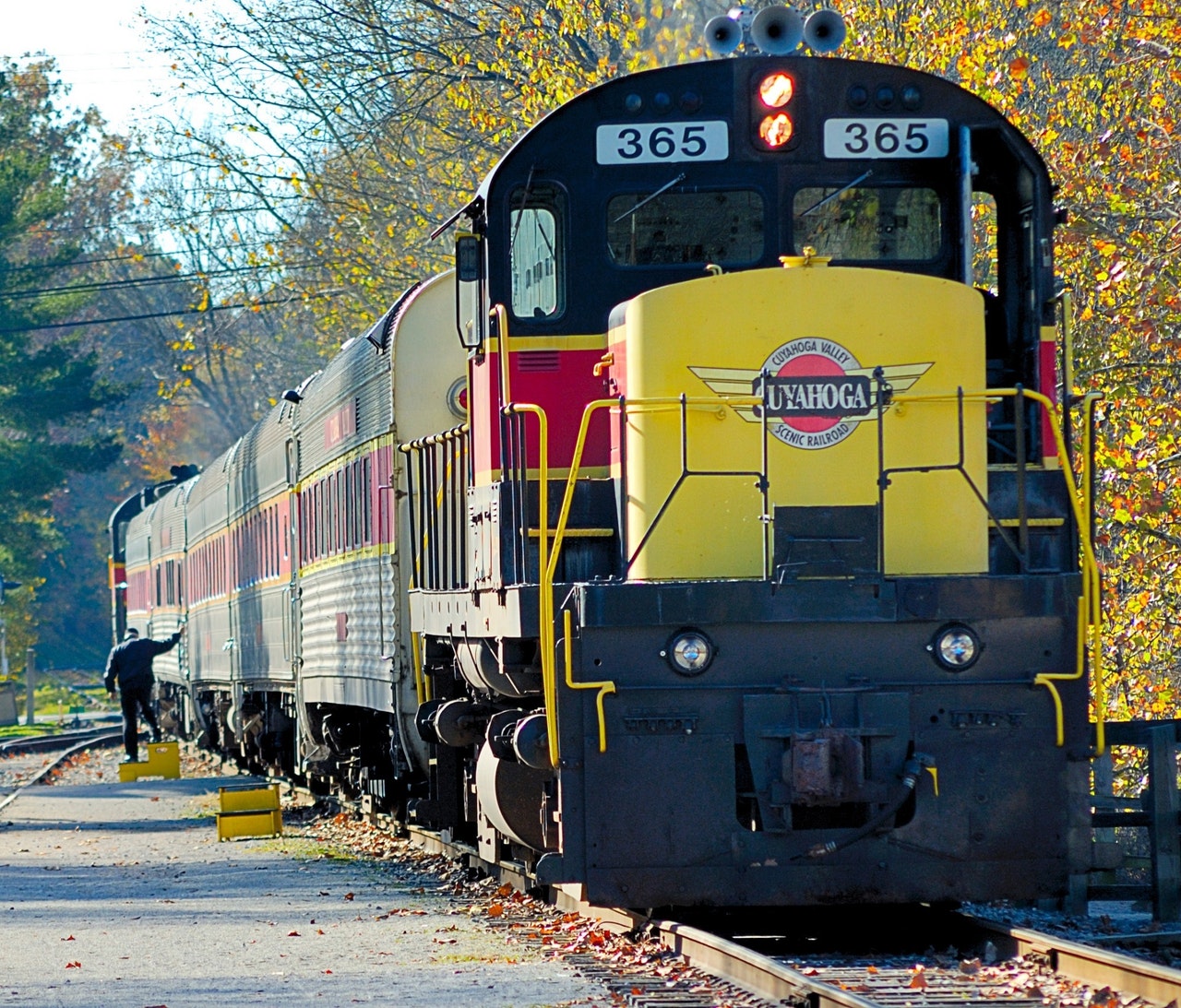Train Horns
The federal Train Horns Rule in 2005 (49 Code of Federal Regulations, part 222) mandates that train engineers blast their locomotive horns at least 15 seconds (but not more than 20 seconds) before they approach all public railroad crossings. The horns must be in a standardized pattern of two long blasts, one short blast, and one long blast. The minimum sound level for the horn blasts is 96 decibels; the maximum is 110 decibels.

This rule has interrupted sleep and daily life for millions of Americans. For example, a federal district courtroom is disrupted by train horns 120 times a day. Judge Peter Ruddick states, “It’s irritating to say the least, especially if you’re in the middle of something dramatic, giving a lecture to make sense of something to victims or defendants.”
El Paso, Texas Commissioner Dennis Haley reports that “we have people moving out all the time because they’re tired of the noise” at two railroad crossings one mile apart.
Some people defend train horn noise as “romantic.” Peter Ostlind of Madison, Wisconsin states that “the romantic notion of a railroad is not there if there’s a train outside your window at 4:00 in the morning blowing its horn.” George Hunter, a city council member in Ponoma, California, notes that “if you’re five miles from a train, the horn might be a romantic sound. If it sounds like it’s coming through your living room, it’s another issue. The bottom line is it’s intrusive, it’s annoying.”
The Federal Railroad Administration allows communities to establish “quiet zones,” which requires upgrading security at railroad crossings (such as adding medians so that drivers cannot circumvent crossing gates or adding arms to crossing gates to curtail access).
The FRA “quiet zone” application form is here: https://www.fra.dot.gov/eLib/details/L03055
